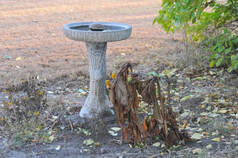 As winter approaches, we need to start thinking about storage of the bulbs that will not survive Kansas winters. The bulbs of gladiolus, caladium, dahlia, tuberous begonia, calla lily, and canna lily need to be dug and stored so they can be planted next year. Actually, the storage organ of the above plants is not a true bulb. Canna and calla lilies are rhizomes, caladium, and tuberous begonias are tubers, gladiolus is a corm, and dahlia is a tuberous rooted plant. All of these plants should be dug after frost has at least partially browned the foliage. Then, allow them to dry for about a week in a shady, well-ventilated site such as a garage or tool shed. Freezing temperatures should be avoided. Remove any excess soil and pack them in peat moss, vermiculite, or perlite. Make sure the bulbs don’t touch so that if one decays, the rot doesn’t spread. Dusting them with fungicide before storage will help prevent them from rotting. Caladium should be stored between 50 and 60 degrees F. The other bulbs mentioned should be stored as near 40 degrees F as possible. Finding a good spot to store the bulbs may be difficult. Some people place them against a basement wall farthest from the furnace and insulate them so the wall keeps them cool. (Ward Upham) Video of the Week: |
AuthorsCynthia Domenghini runs the Horticulture Response Center in the Department of Horticulture and Natural Resources at Kansas State University. Other contributors include K-State Extension Specialists. Archives
March 2024
Categories
All
|
| K-State Research and Extension Horticulture Newsletter |
|


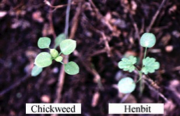
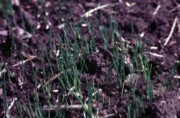
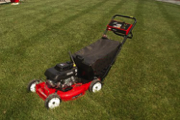
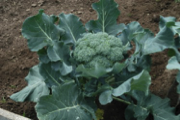

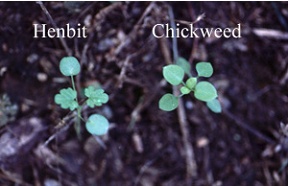
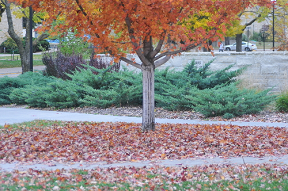
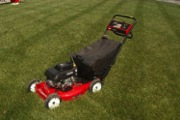
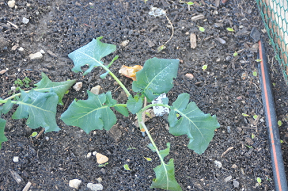
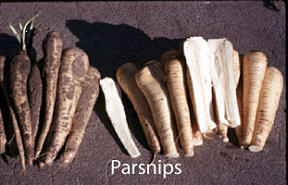
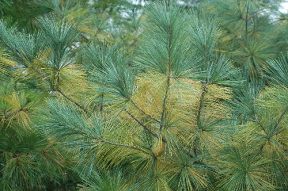
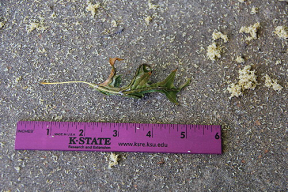
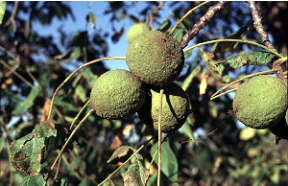
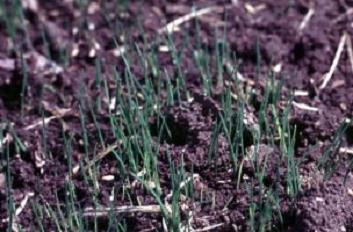
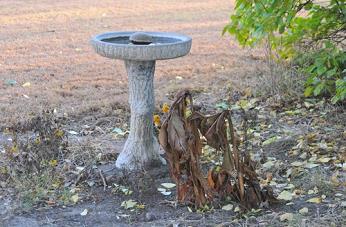
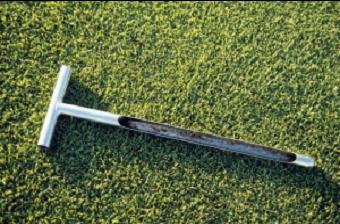
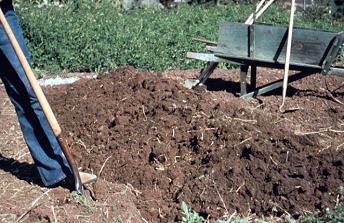
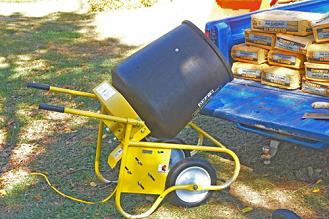
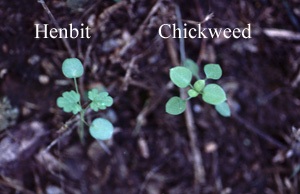
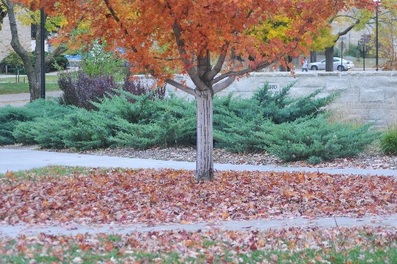
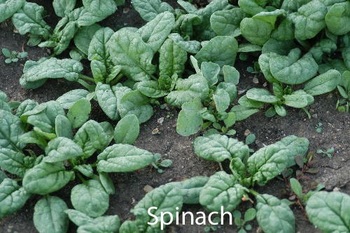
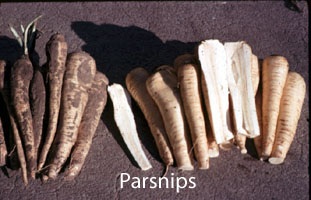
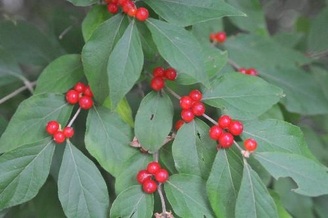
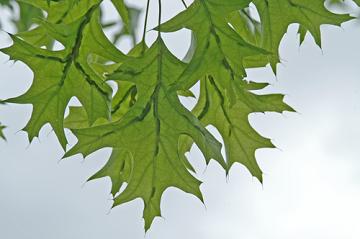
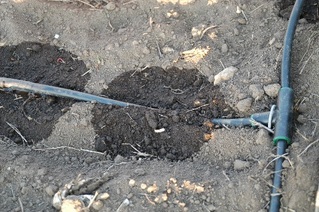
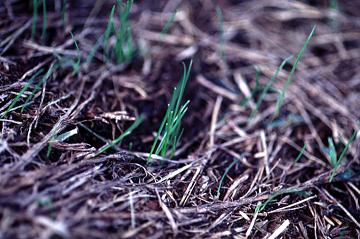
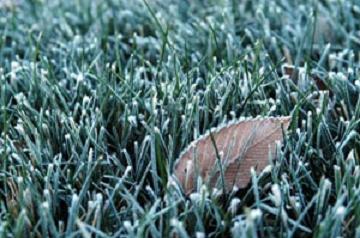
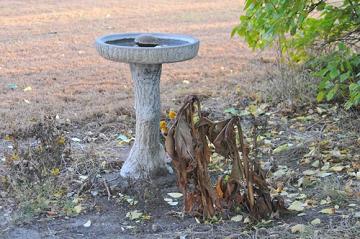
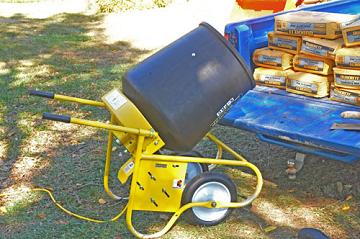
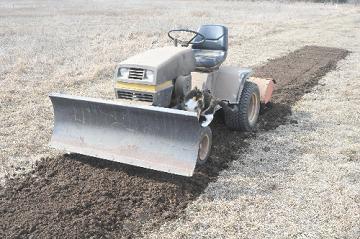
 RSS Feed
RSS Feed
